Building a raised garden bed is just the first step—filling it properly makes all the difference between thriving plants and disappointing harvests. Whether you’ve just constructed your first raised bed or you’re preparing to refresh an existing one, understanding the right materials and layering techniques will set your garden up for success.
This guide walks you through everything you need to know about filling raised garden beds, from choosing the best soil mix to understanding drainage requirements. You’ll learn cost-effective strategies, discover which materials to avoid, and get practical tips for creating (6 Hard Landscaping Mistakes That Are Trapping Rainwater and ‘Drowning’ Your Garden in Wet Weather, 2025) the perfect growing environment for your plants.
Understanding Raised Garden Bed Basics
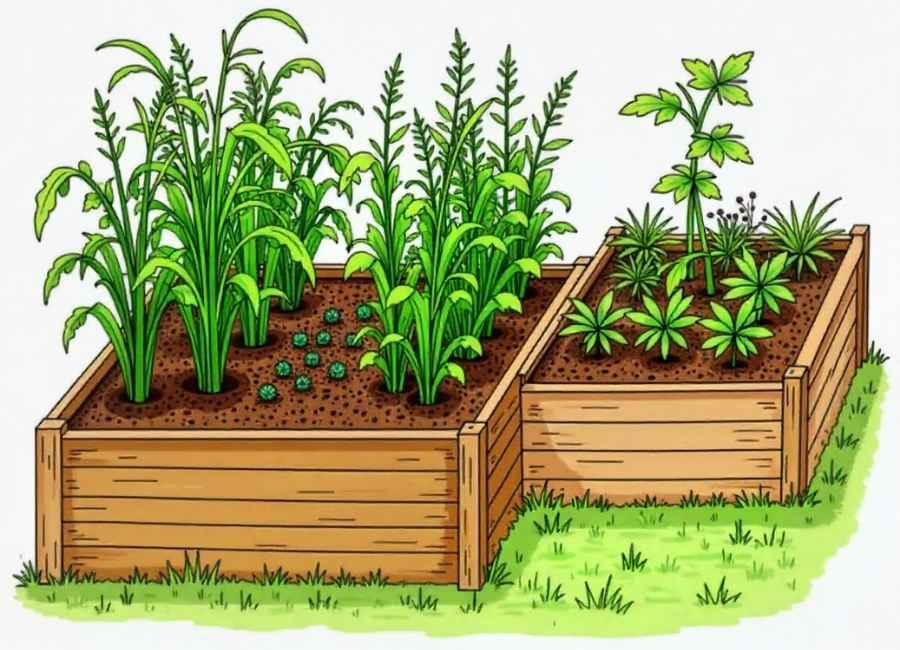
Raised garden beds offer numerous advantages over traditional ground-level gardening. They provide better drainage, improved soil quality control, and easier access for planting and maintenance. However, these benefits only materialize when you fill them correctly.
The depth of your raised bed determines your filling strategy. Beds that are 6-8 inches deep work well for shallow-rooted crops like lettuce and herbs. For deeper-rooted vegetables like tomatoes and carrots, aim for beds that are 12-18 inches deep. The deeper your bed, the more filling material you’ll need—and the higher (How to Fill a Raised Garden Bed, n.d.) your costs will be.
Essential Materials for Filling Raised Garden Beds
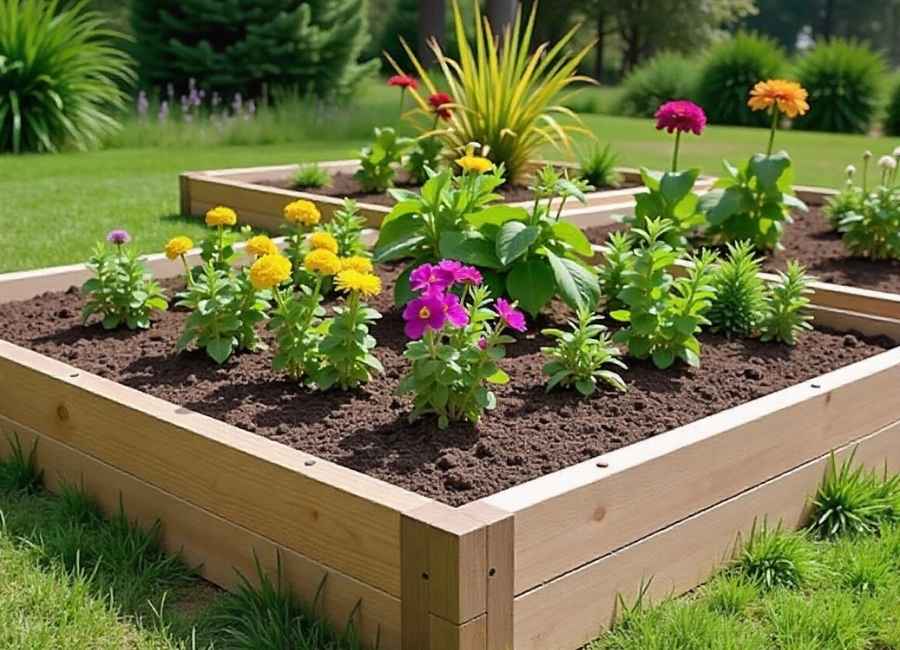
Quality Soil Mix
The foundation of any successful raised garden bed is high-quality soil. A good soil mix should drain well while retaining adequate moisture and nutrients. Most experts recommend a blend that includes:
- Topsoil (40-50%): Provides structure and basic nutrients
- Compost (30-40%): Adds organic matter and slow-release nutrients.
- Drainage material (10-20%): Such as perlite, vermiculite, or coarse sand
You can purchase pre-mixed raised bed soil from garden centers, though this can be expensive for larger beds. Buying components separately and mixing them yourself often proves more cost-effective.
Organic Matter Options
Compost serves as the backbone of fertile raised-bed soil. Well-aged compost improves soil structure, provides nutrients, and supports beneficial microorganisms. If you don’t have homemade compost, you can purchase it from garden centers or municipal composting programs.
Other organic matter options include:
- Aged manure (ensure it’s fully composted to avoid burning plants)
- Leaf mold
- Coconut coir
- Aged bark chips (for the bottom layer only)
Step-by-Step Filling Process
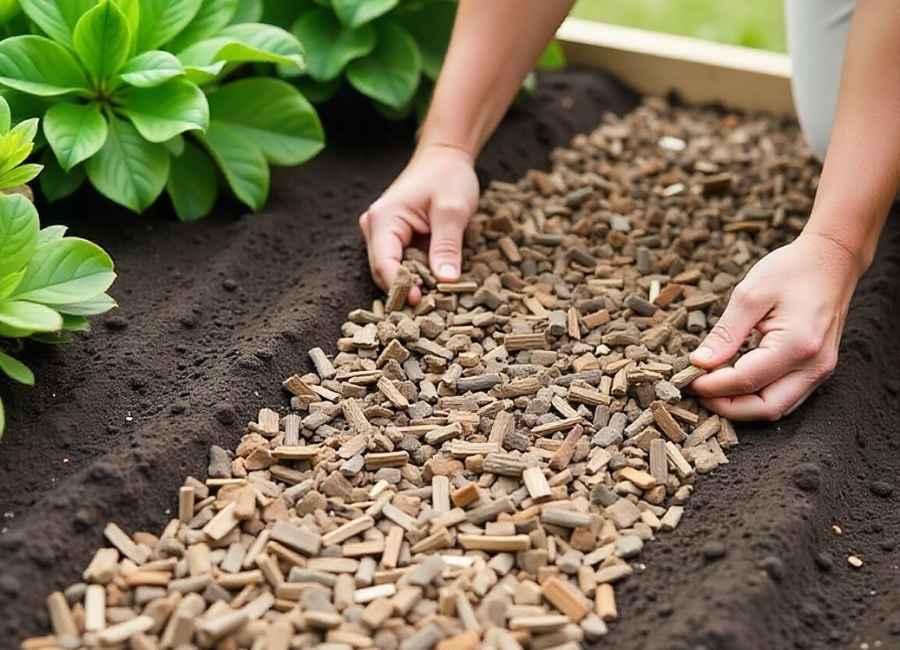
Step 1: Add Base Layer Materials
For deeper beds (12 inches or more), start with a coarse base layer to improve drainage. This layer should comprise about 20-25% of your bed’s total depth. Good base materials include:
- Coarse bark chips or wood chips
- Small branches and twigs
- Stones or gravel (though these add significant weight)
Avoid using fresh wood chips or bark directly against plant roots, as they can tie up nitrogen during decomposition.
Step 2: Create the Main Growing Medium
Fill the remaining 75-80% of your bed with your soil mixture. Layer the materials rather than dumping them all at once:
- Add a layer of topsoil.
- Follow with a layer of compost.
- Add any amendments like perlite or sand.
- Repeat until the bed is filled to within 2 inches of the top.
Step 3: Water and Settle
Once filled, water the bed thoroughly to help materials settle and eliminate air pockets. The soil level will drop as materials compact—this is normal. Add more soil mixture as needed to maintain proper levels.
Cost-Effective Filling Strategies
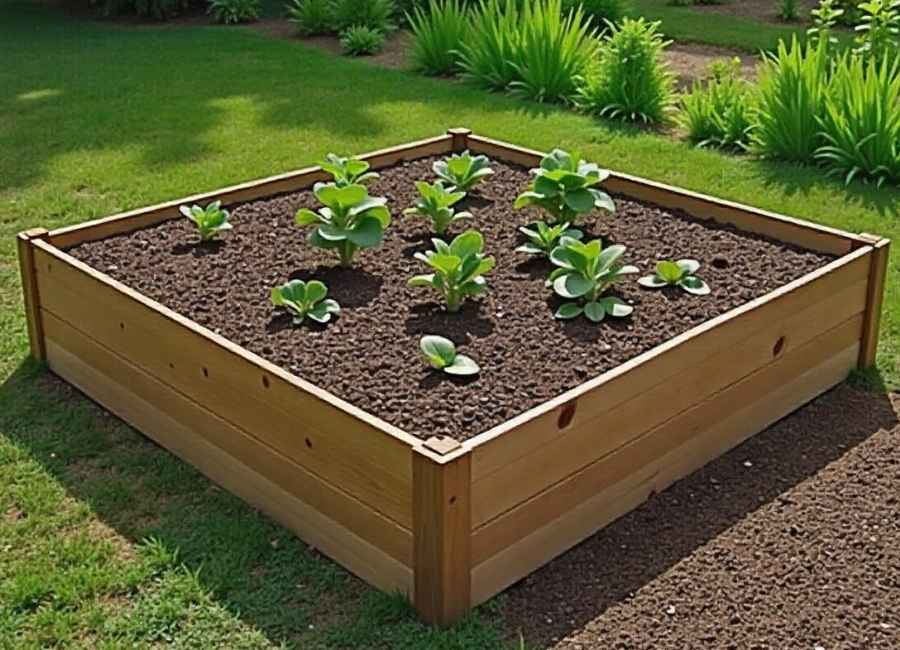
Filling large raised beds can become expensive quickly. Here are several strategies to reduce costs:
The Hugelkultur Method
This German technique involves placing logs and branches at the bottom of deep beds. As the wood decomposes over time, it creates a nutrient-rich growing environment while reducing the amount of soil needed. Use this method for beds deeper than 18 inches.
Bulk Material Purchasing
Buy soil components in bulk rather than bags when possible. Many landscape supply companies deliver bulk materials, which cost significantly less per cubic yard than bagged products.
Gradual Filling
You don’t need to fill deep beds completely in the first season. Start with 8-10 inches of quality growing medium and add more each year as your budget allows.
Local Resource Utilization
Check with your municipality for free or low-cost compost programs. Some cities provide finished compost to residents at reduced prices. Fall leaves from your neighborhood (chemical-free) make excellent additions when properly composted.
Common Mistakes to Avoid
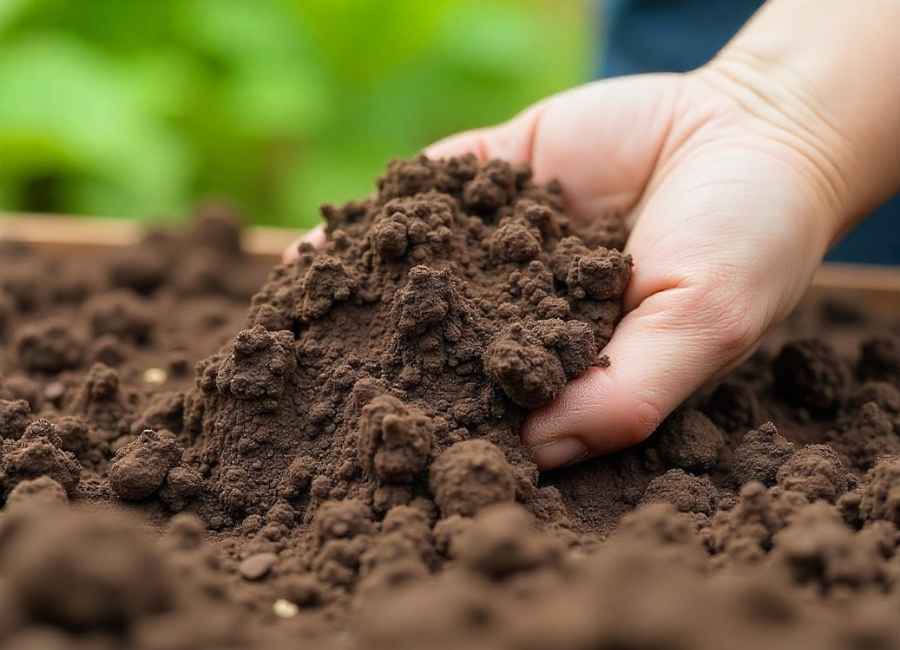
Using Poor Quality Fill Materials
Never use soil directly from construction sites, as it may contain contaminants or be severely compacted. Similarly, avoid “cheap” topsoil that may be mostly clay or sand with little organic matter.
Ignoring Drainage Needs
While raised beds naturally drain better than ground-level gardens, poor soil choices can still create waterlogged conditions. Heavy clay soils or mixes with inadequate drainage amendments can suffocate plant roots.
Over-Relying on Single Materials
Using only compost or only topsoil creates problems. Pure compost can be too rich and may burn plants, while straight topsoil often lacks the organic matter plants need to thrive.
Filling Too Close to the Edge
Leave 2-3 inches of space between your soil level and the top of your raised bed. This prevents soil from washing out during heavy rains and provides room for mulching.
Maintaining Your Filled Raised Garden Bed
Once your raised bed is filled and planted, ongoing maintenance ensures continued productivity:
Add 2-3 inches of fresh compost each season to replenish organic matter and nutrients. The soil level will naturally settle over time, so periodic additions of quality soil mix help maintain proper depth.
Test your soil pH annually, as raised beds can become acidic over time, especially if you use a lot of organic matter. Most vegetables prefer a pH between 6.0 and 7.0. (Boeckmann & Catherine, 2025)
Setting Your Garden Up for Success
Properly filling a raised garden bed requires planning, quality materials, and attention to detail. The upfront investment in good soil pays dividends in healthier plants, better yields, and reduced maintenance over time.
Start with a well-draining base layer, use a balanced mix of soil and organic matter, and avoid common pitfalls like poor-quality fill materials or inadequate drainage. Remember that your raised bed soil is a living ecosystem that improves with proper care and regular additions of organic matter.
Take time to research local suppliers for bulk materials, consider cost-saving techniques like hugelkultur for deeper beds, and don’t rush the process. Your plants—and your harvest—will thank you for the extra effort you put into creating the perfect growing environment.











